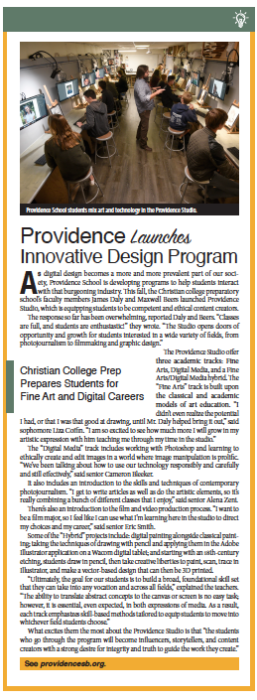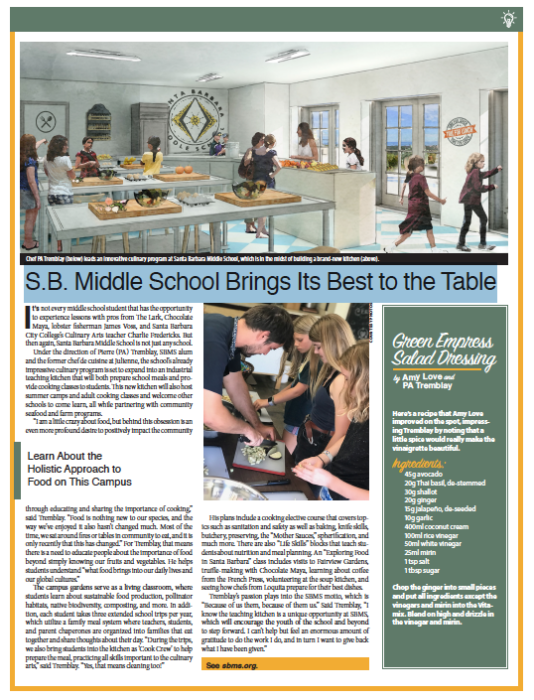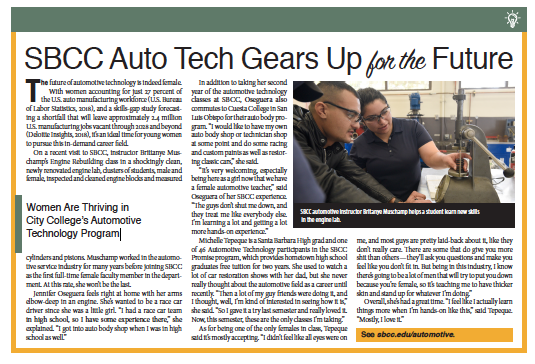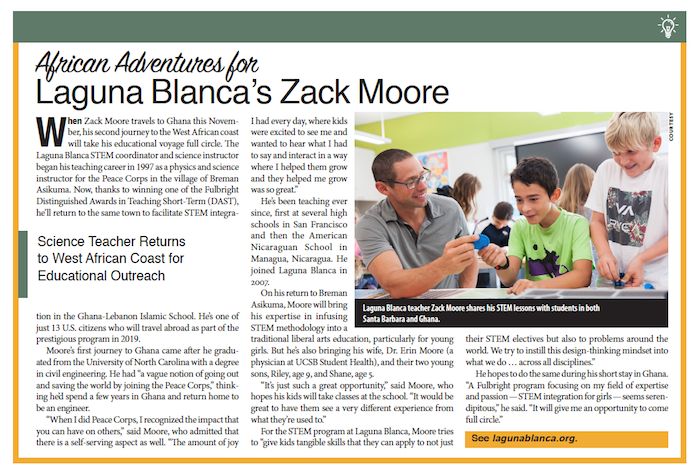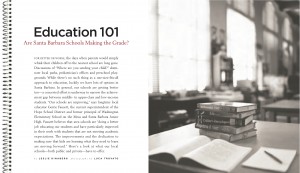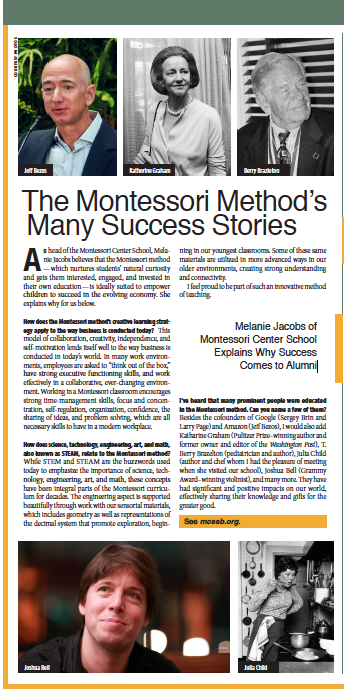
Montessori School, From Schools of Thought, Santa Barbara Independent, November 7, 2019.
Melanie Jacobs of Montessori Center School Explains Why Success Comes to Alumni
As head of the Montessori Center School, Melanie Jacobs believes that the Montessori method — which nurtures students’ natural curiosity and gets them interested, engaged, and invested in their own education — is ideally suited to empower children to succeed in the evolving economy. She explains why for us below.
How does the Montessori method’s creative learning strategy apply to the way business is conducted today? This model of collaboration, creativity, independence, and self-motivation lends itself well to the way business is conducted in today’s world. In many work environments, employees are asked to “think out of the box,” have strong executive functioning skills, and work effectively in a collaborative, ever-changing environment. Working in a Montessori classroom encourages strong time-management skills, focus and concentration, self-regulation, organization, confidence, the sharing of ideas, and problem solving, which are all necessary skills to have in a modern workplace.
How does science, technology, engineering, art, and math, also known as STEAM, relate to the Montessori method? While STEM and STEAM are the buzzwords used today to emphasize the importance of science, technology, engineering, art, and math, these concepts have been integral parts of the Montessori curriculum for decades. The engineering aspect is supported beautifully through work with our sensorial materials, which includes geometry as well as representations of the decimal system that promote exploration, beginning in our youngest classrooms. Some of these same materials are utilized in more advanced ways in our older environments, creating strong understanding and connectivity.
I feel proud to be part of such an innovative method of teaching.
I’ve heard that many prominent people were educated in the Montessori method. Can you name a few of them? Besides the cofounders of Google (Sergey Brin and Larry Page) and Amazon (Jeff Bezos), I would also add Katharine Graham (Pulitzer Prize–winning author and former owner and editor of the Washington Post), T. Berry Brazelton (pediatrician and author), Julia Child (author and chef whom I had the pleasure of meeting when she visited our school), Joshua Bell (Grammy Award–winning violinist), and many more. They have had significant and positive impacts on our world, effectively sharing their knowledge and gifts for the greater good.
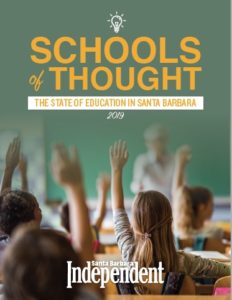 Click here to read this story as it originally appeared in the Santa Barbara Independent on November 7, 2019. SB Independent Schools of Thought Insert 11.7.19
Click here to read this story as it originally appeared in the Santa Barbara Independent on November 7, 2019. SB Independent Schools of Thought Insert 11.7.19


